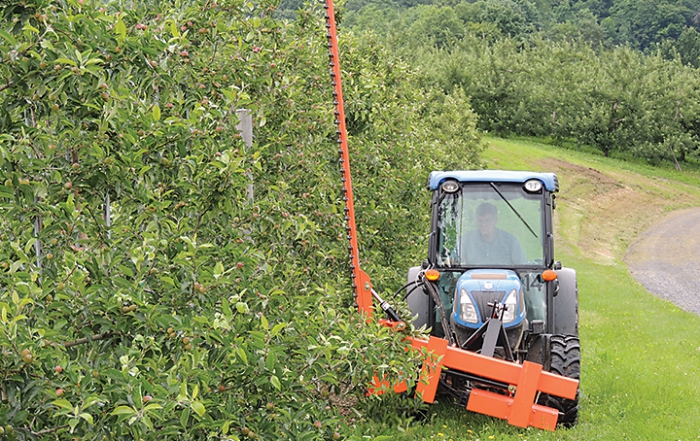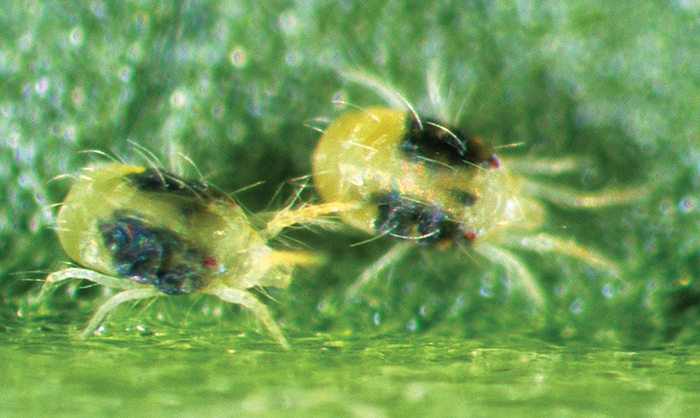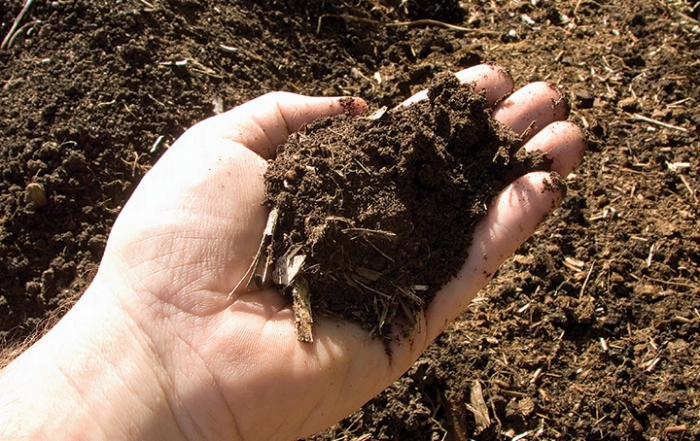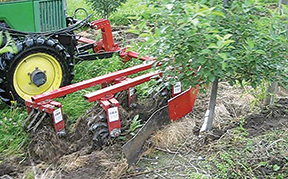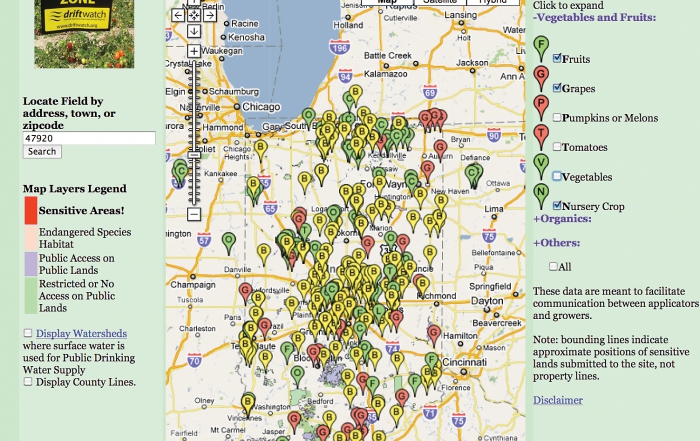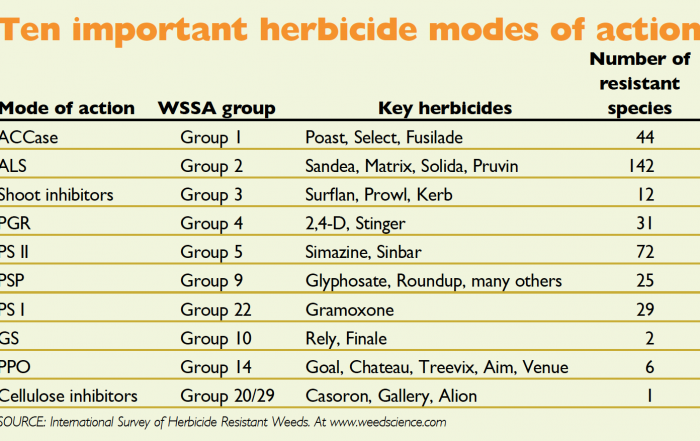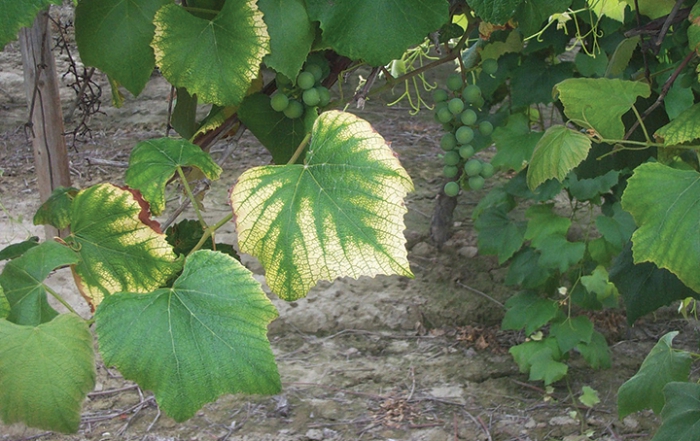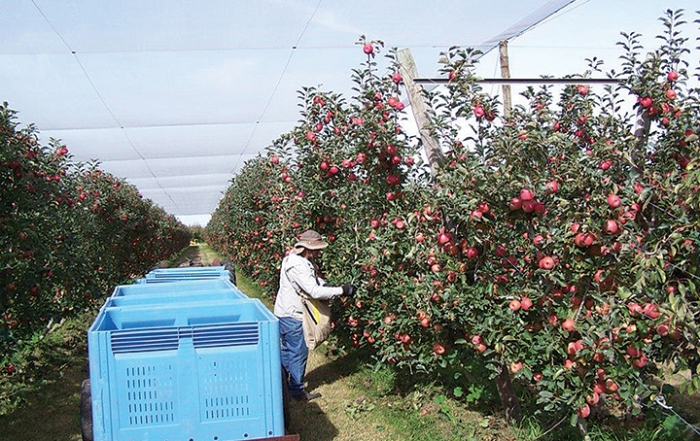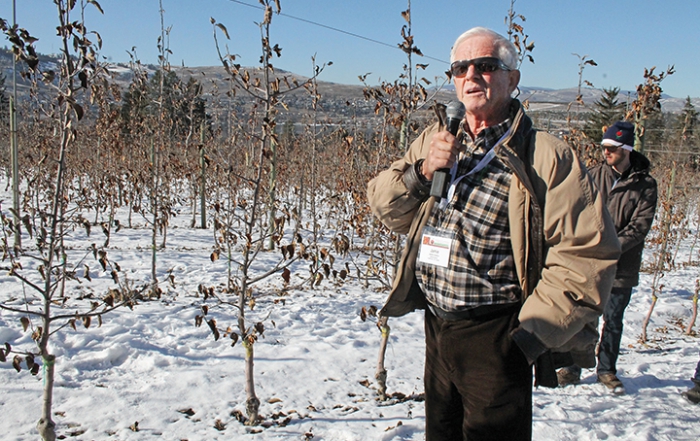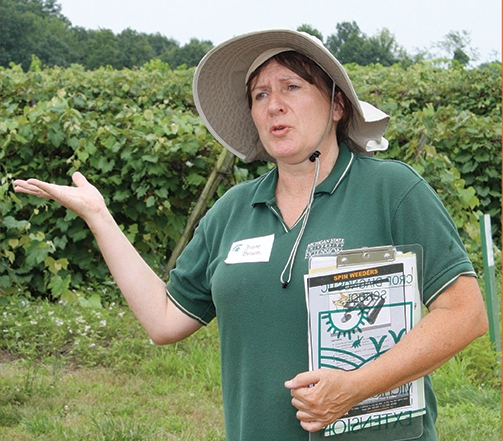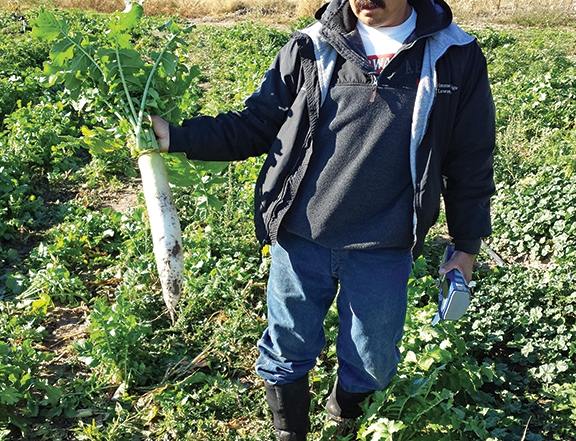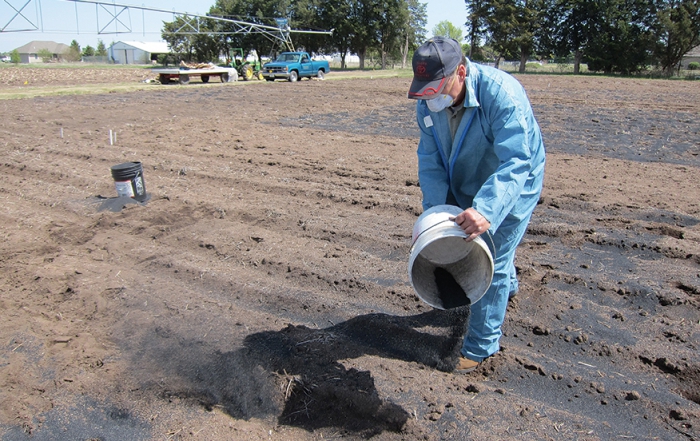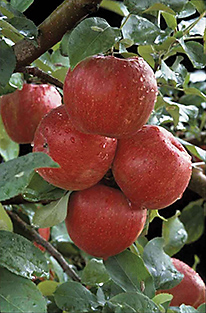Project Description
Soils & Weed Control
Featured stories covering soils and weed control issues appear in this issue.
Click here to view a PDF version of this issue.
Be careful in adopting summer hedging to build fruiting walls
A Pennsylvania researcher warns growers south of New York, where trees grow more vigorously, that they might want to take a cautious approach on adoption of summer pruning and shearing to create fruiting walls.
Prevention is best strategy
Mites continue to develop resistance to new miticides.
New biofumigant registered
A soil biofumigant developed for both conventional and organic farms offers a new tool in what is becoming an increasingly restrictive practice. Soil fumigation helps
New herbicide — resistant crops
Both Dow Agrosciences and Monsanto Company expect to have new herbicide-resistant crops and new herbicides available in 2015. Dow is developing Enlist corn, which is
New tests measure soil health
New measuring tests allow growers to track the impact of soil management changes.
Four reasons to manage the orchard floor
Several forces at work suggest that orchardists should look more closely at how they manage the floors of their orchards and vineyards.
DriftWatch grows
pecialty crops growers, especially those who grow grapes, will have new cause for concern in 2015 when new genetically modified field crops are expected to come to fields near their orchards and vineyards.
Managing orchard weeds
Fruit growers are always looking for better, cheaper ways of controlling vegetation under the trees in their orchards, but, in general, weed control gets more expensive and more complicated.
Chlorosis in Concords
Dr. Joan Davenport is looking for cost effective treatments for chlorosis in Concord grapes.
Steve Black joins Holtzinger
Steve Black Steve Black has been appointed sales manager of Holtzinger Fruit Company, Yakima, Washington. He was previously on the sales desk at
Calculate target yield
Hitting the target: This six-year-old, two-hectare (five-acre) Pink Lady block on Malling Merton 106 rootstocks, and trained on an open Tatura system, produced a
Uncertain future for Meyer Orchards
Ron Meyer, nearing retirement and without a transition plan, sees a murky future for his pear orchard.
Kate Moser, Young Grower from Walnut Grove, California
age / 33 crops / wine grapes, 200 acres in apples, 100 acres pears, business / Darsie, Hutchinson & Pettigrew, Inc. education /
In the Box
Puffer research Dear Good Fruit Grower: I am a University of California pomology farm advisor and have worked in the pear industry for going on 26
Growers face land constraints
Fruit growers in British Columbia , Canada, may still stand tall as leaders in high-density orchard systems, but they can only wonder at the enormity of the Washington apple industry across their southern border.
Herbicide-resistance raises concerns
Specialty crops growers, especially those who grow grapes, will have new cause for concern in 2015 when new genetically modified field crops are expected to come to fields near their orchards and vineyards.
Quick Bites for April 15, 2014
Jon Alegria Barbara Walkenhauer Apple Commission appoints officers Barbara Walkenhauer of Selah succeeded David Douglas as chair of the Washington Apple
Chardonnay’s future in Washington
Chardonnay is at a crossroads in Washington State as the state becomes a red-dominated wine state.
Pay attention to the soil
Growers should pay more attention to the soil.
Organic matter that lasts
Tree fruit growers may one day have a new way to dramatically improve soil quality in low-organic-matter soils. Imagine being able to add organic matter that will last thousands of years, essentially permanently affecting soil tilth and structure, instead of the few years you can get using cover crops and mulches. The “new” form of organic material is called biochar.
Managing Honeycrisp nutrition
Balancing the crop load is particularly important with Honeycrisp, which is more susceptible than other apple varieties to problems involving mineral nutrition. The fruit disorder

